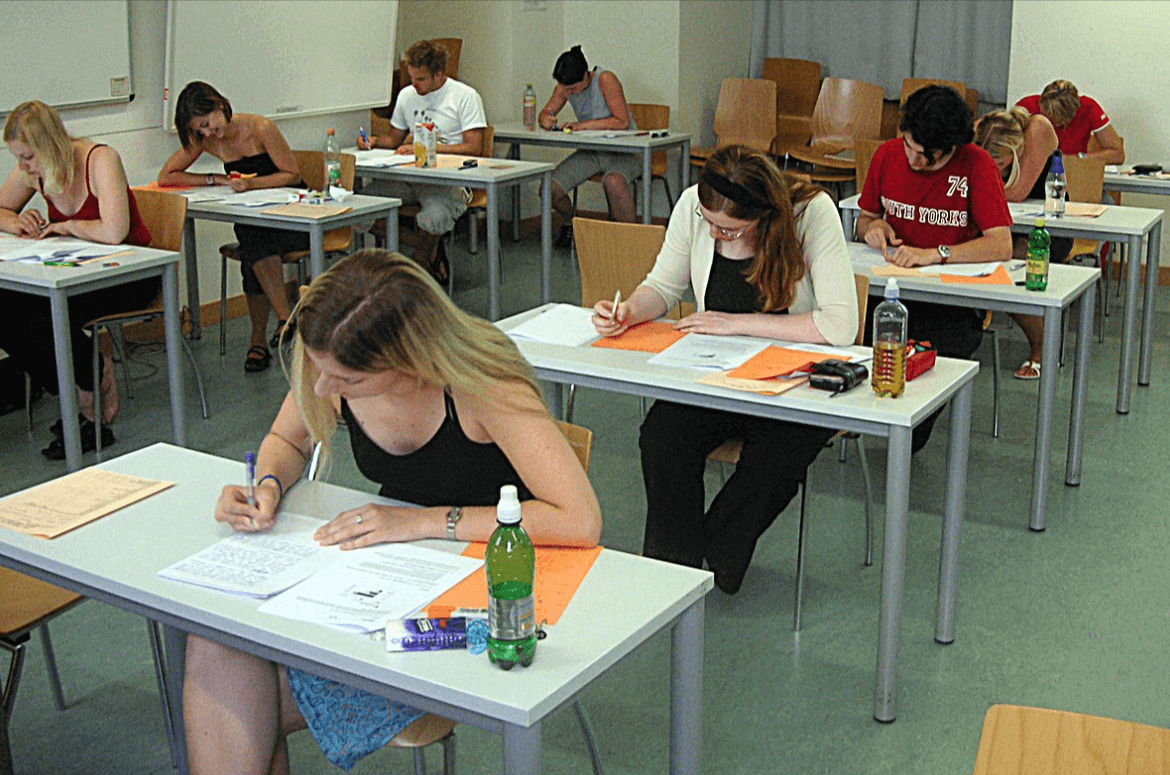Public schools are under constant scrutiny as to how their students are performing, and one of the most hotly debated topics has been standardized testing.
Standardized testing is meant to gauge student understanding, but many find it outdated and no longer an accurate representation of a student’s knowledge.
This blog post will dive into the world of standardized testing in public schools, including what it aims to measure, why there has been so much criticism surrounding it, and how this process affects students today.
We will also explore ways that educators can create more effective assessments that provide not just numerical data on a student’s growth but actual insight, tailored specifically for each learner, about their strengths and areas for improvement.
Overview of Standardized Testing in the U.S.
Standardized testing in the U.S. has been a hotly debated topic for years. Supporters argue that it provides a fair and objective measure of student achievement and helps identify areas where improvements need to be made. Critics, on the other hand, argue that it puts too much emphasis on test scores and fails to take into account the complexities of education and learning.
Despite the controversy, standardized testing remains a key part of the American educational system, with millions of students taking tests like the SAT, ACT, and state assessments each year. While opinions may vary, one thing is certain: understanding the role of standardized testing is essential for anyone looking to make informed decisions about education policy and practice in the U.S.
Pros and cons of this methodology
Methodology is an essential aspect of any business or project. It determines the frameworks and procedures by which tasks are completed.
Every methodology has its pros and cons, and it is important to weigh them before deciding which one to adopt. One methodology that has been in use for quite some time now is the Agile methodology. It involves continuous collaboration between the development team and the clients to ensure that the final product meets the client’s requirements.
One of the significant pros of Agile is its adaptability to change, making it ideal for projects with ever-changing requirements. Its focus on communication and teamwork also leads to an improved work environment. However, Agile might not be suitable for all types of projects, and its flexibility can sometimes result in a lack of clear direction. Nevertheless, as an organization, it is vital to understand the pros and cons of this methodology before deciding whether it will work for you.
How Parents Can Help Their Children Prepare for Tests
Tests often make children feel anxious and stressed. As a parent, you can help prepare them for success. First, establish a consistent homework schedule and routine. It will not only help kids learn the material but also lead them to feel more comfortable with test topics. Secondly, make sure your child gets enough rest and eats well.
Adequate rest and healthy food will allow the mind to be sharp and clear, helping children feel more alert and less anxious on test day.
Finally, encourage them to practice good test-taking habits, such as reading the instructions carefully, answering easy questions first, and reviewing answers at the end.
With these tips, your child will be well-prepared, confident, and ready to take on any test that comes their way!
Challenges Faced by Low-Income Schools and Communities
Low-income schools and their surrounding communities face a plethora of challenges that can be difficult to tackle. From a lack of resources and funding to insufficient access to technology and textbooks, educators and administrators have to navigate a complex web of obstacles to ensure students receive the education they deserve.
Additionally, low-income students may also face external challenges outside of school, such as food insecurity, homelessness, and inadequate healthcare.
Despite these barriers, there are inspiring stories of educators and community organizers who are making a difference and finding creative solutions to support underprivileged students and their families.
While the challenges are immense, the passion and dedication of those working to overcome them offer hope for a brighter future.
What Steps are Being Taken to Address These Issues?
The world is currently facing a multitude of problems, from climate change to social inequality. It’s understandable to feel overwhelmed and unsure of how to tackle these issues. However, there are steps being taken towards addressing them.
Governments and organizations around the world are implementing strategies to combat climate change, such as investing in renewable energy sources and reducing emissions.
Activists and communities are working towards promoting equity and justice for marginalized groups, advocating for policies that work towards these goals. While these issues may seem insurmountable, progress is being made through collective action. It’s important to stay informed and do our part to make a positive impact.
All in all, the standardized testing system in the U.S. has had its fair share of benefits and drawbacks, with legislators, educators, and parents alike debating the efficacy of these tests as well as their overall goal.
Nevertheless, it is up to us as citizens and members of our local communities to take a stand for what we believe is best for our children and our future generations. We must strive to support public schools through adequate funding, providing teachers with the tools needed to adequately prepare students for test-taking while also focusing on broad educational skill development.
READ MORE:- Filtering Out Toxins: Tips for Clean Drinking Water
Additionally, we must ensure that equitable access to education is available for all students, regardless of income level or background, so everyone can reach their full potential and be equipped with the skills necessary to succeed in today’s world.




[…] READ MORE:- An In-Depth Look at Standardized Testing in Public Schools […]